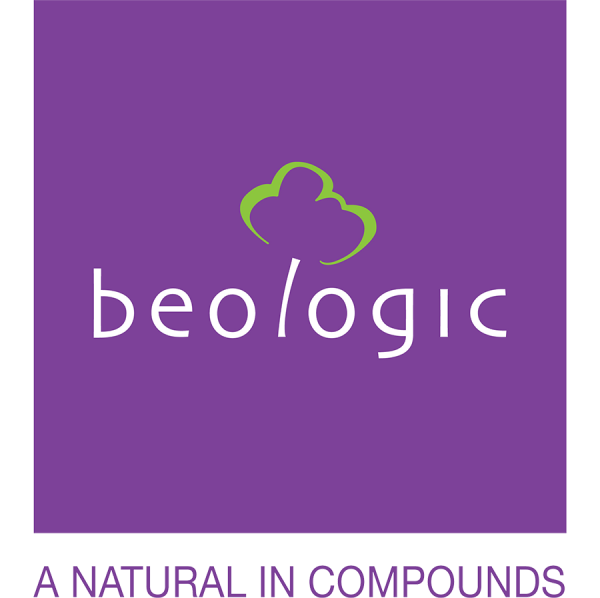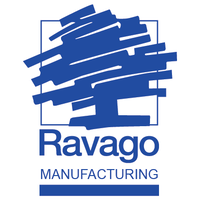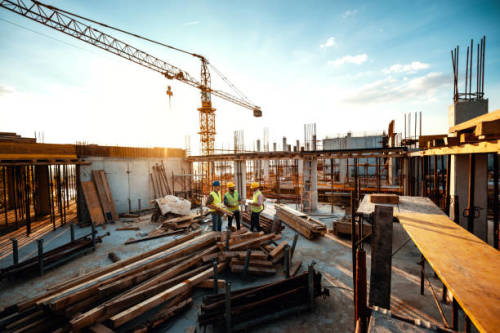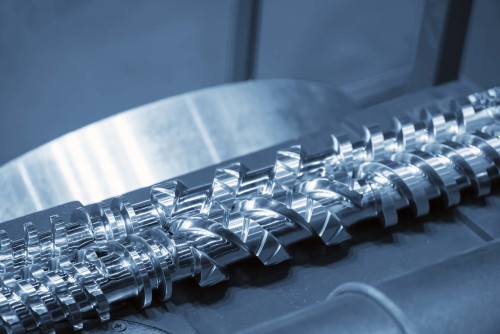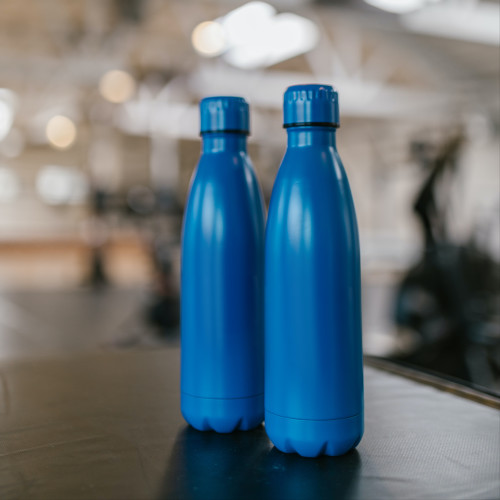Rotomoulding
Rotational moulding (often referred to as Rotamoulding or Rotomoulding) is a process used for producing hollow plastic products. By using additional post-moulding operations, complex components can be produced enabling the process to compete effectively with other moulding and extrusion practices.
Rotational moulding differs from other processing methods in that the heating, melting, shaping, and cooling stages all occur after the polymer is placed in the mould, therefore no external pressure is applied during forming.
The concept of rotational moulding is very simple. A plastic material, normally in powder form is placed into a hollow mould, usually made from cast aluminium or fabricated from sheet steel. The mould is closed and rotated slowly on two axis. The mould is then heated in an oven whilst rotating and the polymer gradually melts and ‘lays-up’ on the inside of the mould. Once the polymer powder has fully melted the mould is moved to a cooling station and cooled usually with air and sometimes a fine mist of water. As the mould cools the part solidifies. When the material has finally cooled sufficiently to release away from the mould surface the process is stopped and the product is taken out of the mould (de-moulded).
Whilst the concept of rotational moulding is simple, it is in fact extremely complicated. It is a casting process and there is normally no pressure involved which means that the material cannot be controlled in the same way as high pressure processes such as injection moulding. There are many variables that can affect production and the end product such as ambient temperature and humidity, type of mould, material specification and powder quality.
This process provides the following advantages; Economically produced large products, Minimum design constraints, Stress-free products, No polymer weld lines and Comparatively low mould costs.


